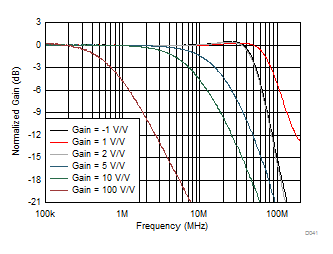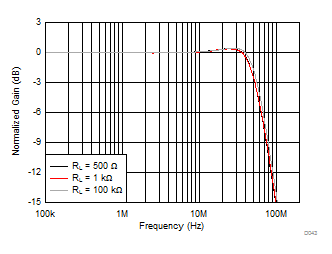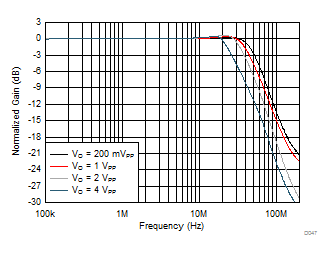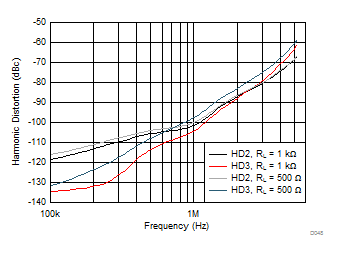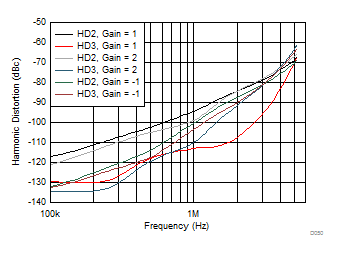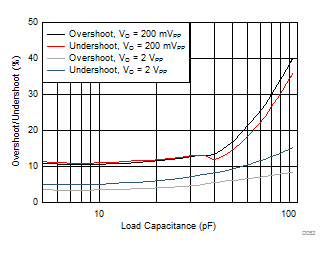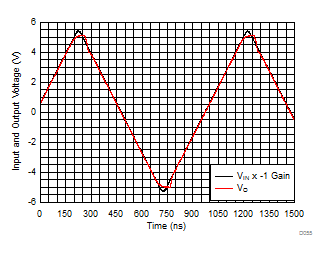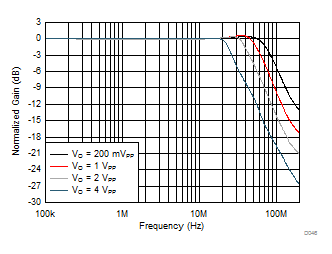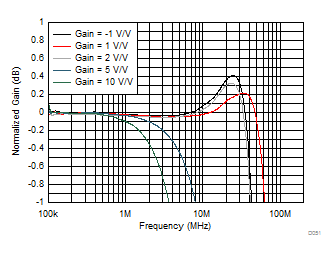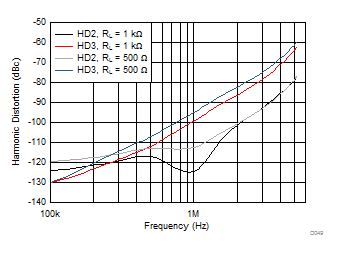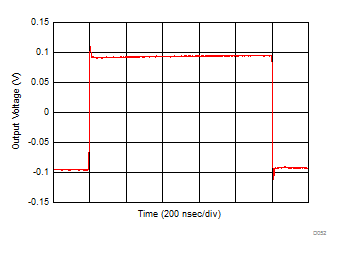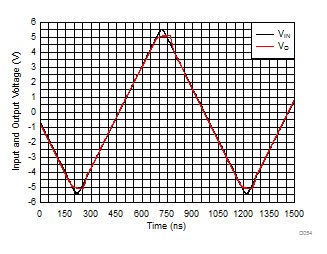SBOS789C August 2017 – February 2020 OPA2810
PRODUCTION DATA.
- 1 Features
- 2 Applications
- 3 Description
- 4 Revision History
- 5 Device Comparison Table
- 6 Pin Configuration and Functions
-
7 Specifications
- 7.1 Absolute Maximum Ratings
- 7.2 ESD Ratings
- 7.3 Recommended Operating Conditions
- 7.4 Thermal Information
- 7.5 Electrical Characteristics: 10 V
- 7.6 Electrical Characteristics: 24 V
- 7.7 Electrical Characteristics: 5 V
- 7.8 Typical Characteristics: VS = 10 V
- 7.9 Typical Characteristics: VS = 24 V
- 7.10 Typical Characteristics: VS = 5 V
- 7.11 Typical Characteristics: ±2.375 V to ±12 V Split Supply
- 8 Detailed Description
- 9 Application and Implementation
- 10Power Supply Recommendations
- 11Layout
- 12Device and Documentation Support
- 13Mechanical, Packaging, and Orderable Information
Package Options
Mechanical Data (Package|Pins)
Thermal pad, mechanical data (Package|Pins)
Orderable Information
7.8 Typical Characteristics: VS = 10 V
at VS+ = 5 V, VS– = –5 V, RL = 1 kΩ, input and output are biased to midsupply, and TA ≈ 25°C. For AC specifications, VO = 2 VPP, G = 2 V/V, RF = 1 kΩ, and CL = 4.7 pF (unless otherwise noted)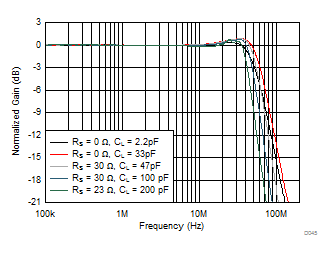 Figure 5. Small-Signal Frequency Response vs CL
Figure 5. Small-Signal Frequency Response vs CL 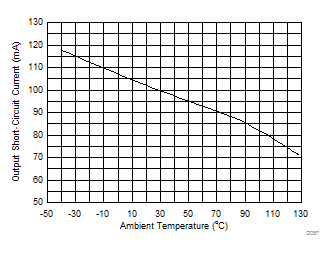
| Output saturated and then short-circuited, Io measured after
TDelay = 5 msec |
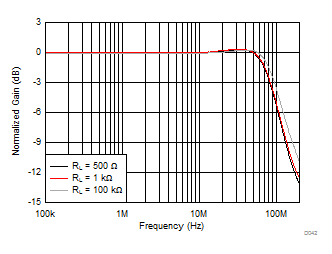
| See Figure 64, VO = 20 mVPP, Gain = 1 V/V, RF = 0 Ω |
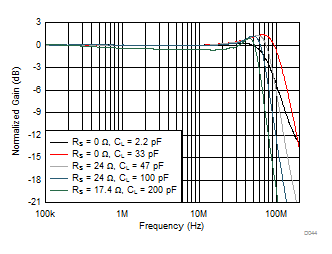 Figure 4. Small-Signal Frequency Response vs CL
Figure 4. Small-Signal Frequency Response vs CL 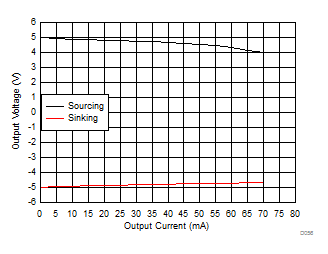
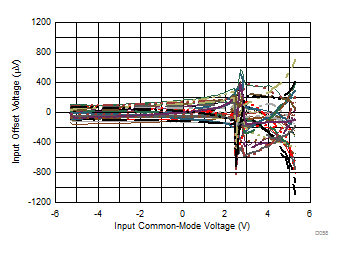
| Measured for 34 units | ||
